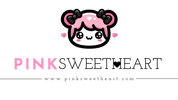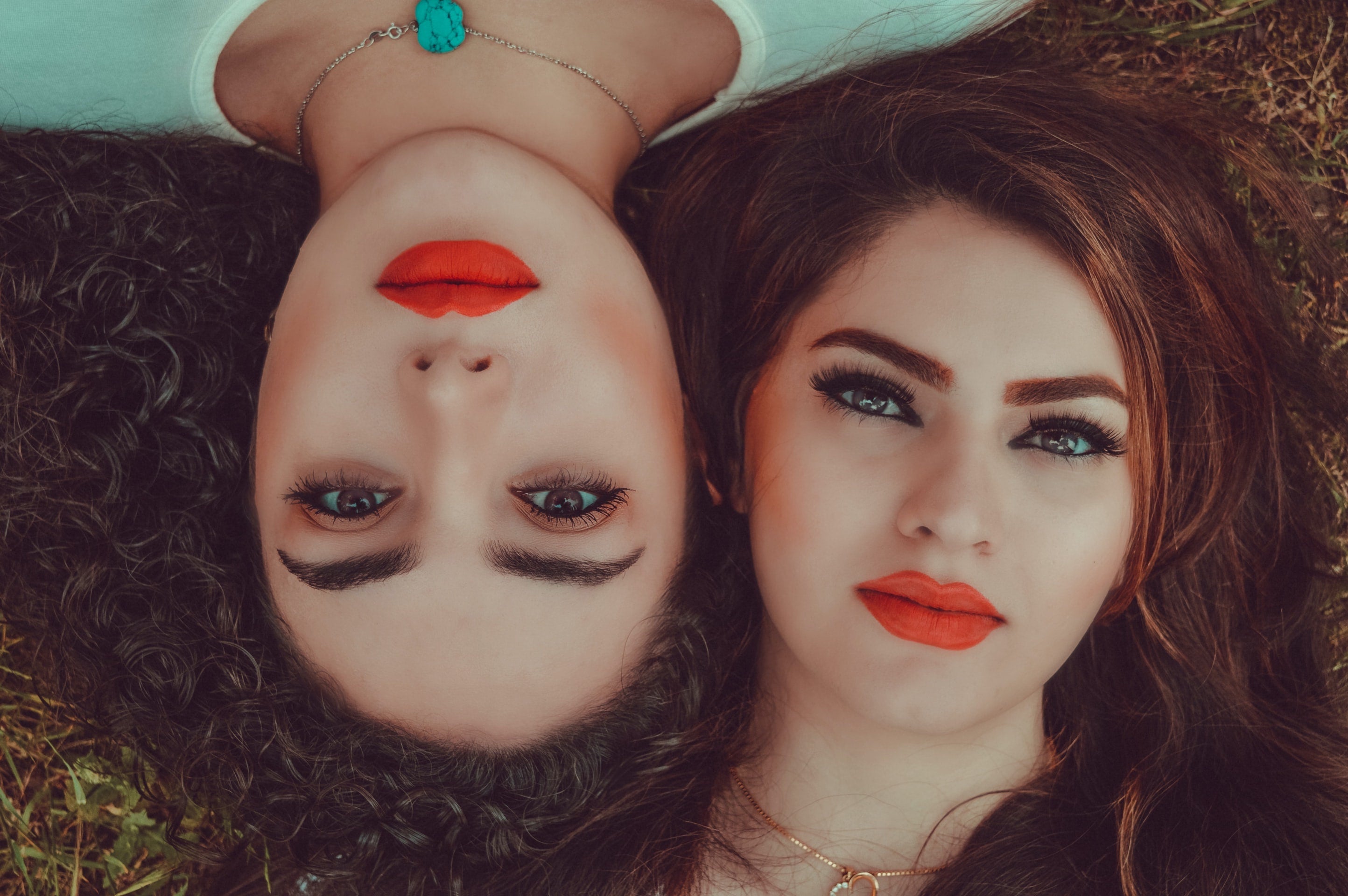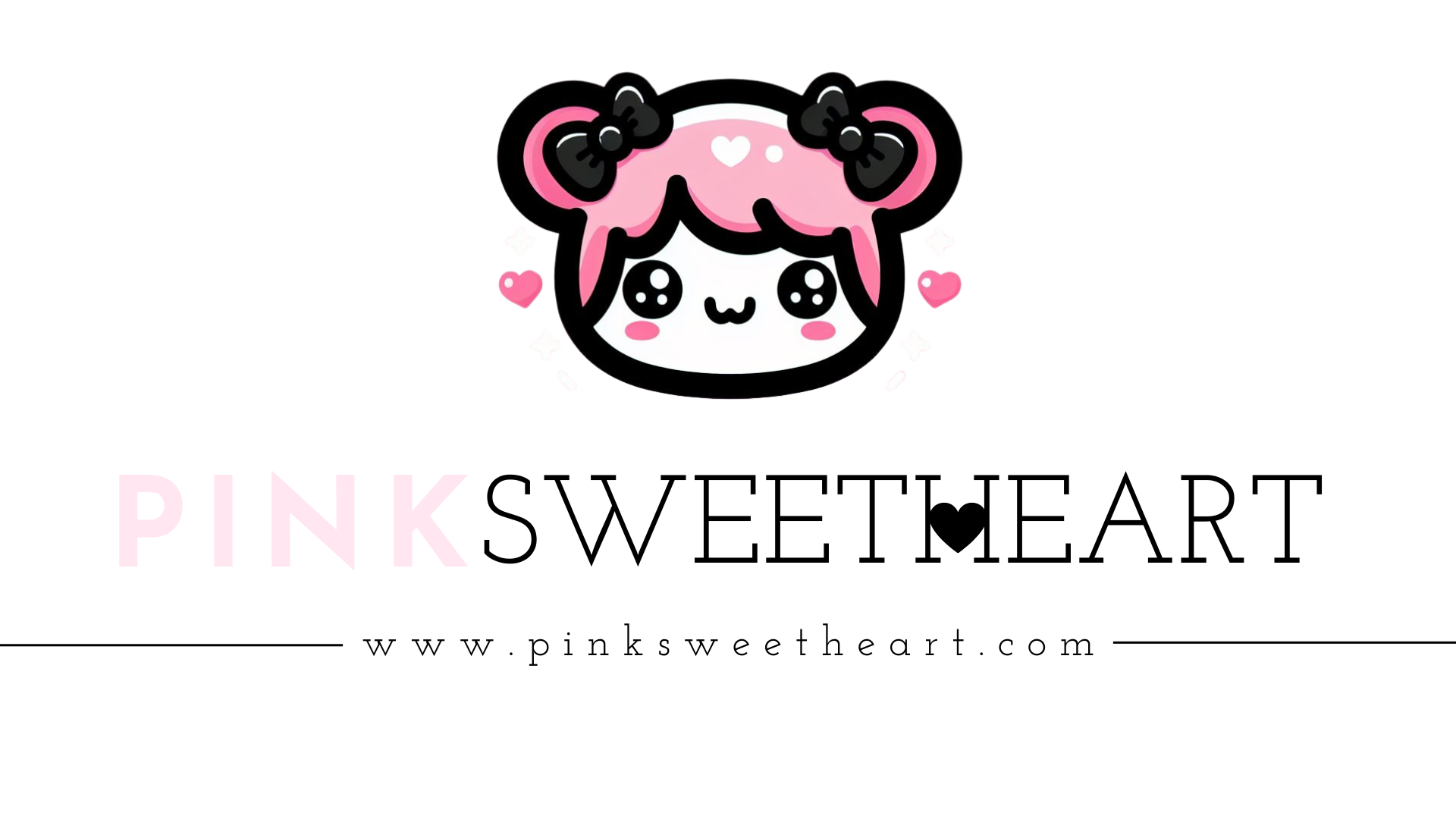Introduction:
Makeup has been an integral part of human culture for thousands of years, transcending time and continents. From ancient civilizations to modern-day beauty trends, the history of makeup is a fascinating exploration of societal norms, cultural influences, and the enduring quest for self-expression. In this blog post, we invite you to embark on a journey through time as we delve into the captivating history of makeup, tracing its origins, transformations, and its profound impact on beauty rituals worldwide.
Ancient Beginnings:
Makeup has roots that stretch back to ancient civilizations, where its use held symbolic, spiritual, and even medicinal significance:
- Ancient Egypt: Egyptians adorned their eyes with kohl, a mixture of soot and other ingredients, believing it had protective and healing properties. They also used minerals like malachite and red ochre to color their lips and cheeks.
- Mesopotamia: Both men and women in Mesopotamia wore makeup, using materials like crushed gemstones and minerals to create eye cosmetics and lip colors.
- Ancient China: The use of makeup in China dates back to the Zhou Dynasty, with women using rice powder, ground minerals, and herbal pastes to achieve pale complexions and enhance their features.
Medieval to Renaissance:
The Middle Ages saw a shift in attitudes towards makeup, often associating it with vanity and immorality. However, the Renaissance period witnessed a resurgence in its popularity:
- Europe: During the Renaissance, women sought to achieve a pale complexion, often using lead-based cosmetics. Vermilion and other natural pigments were used to enhance the lips and cheeks.
- The Elizabethan Era: Queen Elizabeth I's iconic look featured a stark white face, achieved through the application of lead-based white powder known as Venetian ceruse. Bold red lips and accentuated eyebrows were also favored.
18th to 19th Century:
The 18th and 19th centuries saw evolving beauty ideals and the emergence of new cosmetic innovations:
- Rococo and Victorian Eras: The Rococo period emphasized a natural-looking complexion, with delicate pink blushes applied to the cheeks and lips. In the Victorian era, pale skin remained desirable, and women used rice powder and natural pigments for a subtle flush.
- Industrial Revolution: Advances in manufacturing techniques brought the availability of commercial cosmetics, such as lip tints, face powders, and scented creams, to a broader audience.
20th Century and Beyond:
The 20th century witnessed significant changes and revolutions in the world of makeup:
- The Roaring Twenties: The flapper era embraced bold, dramatic looks, with dark, heavily defined eyes, cupid's bow lips, and perfectly arched brows.
- Golden Age of Hollywood: Iconic stars like Marilyn Monroe and Audrey Hepburn influenced beauty trends, emphasizing glamour and sophistication. Red lips, winged eyeliner, and defined brows became timeless symbols of femininity.
- Modern Innovations: The latter half of the 20th century and beyond witnessed a surge in cosmetic advancements, including the development of new formulas, diverse shade ranges, and innovative application techniques. Makeup became more inclusive and diverse, celebrating individuality.
Conclusion:
The history of makeup is a tapestry woven with artistic expression, cultural symbolism, and ever-changing beauty standards. From ancient rituals to modern-day trends, makeup has served as a powerful tool for self-expression, confidence, and celebration. As we continue to evolve and embrace new ideas of beauty, let us cherish the rich heritage and inspiration that the history of makeup provides, empowering us to express our unique selves in the art of beauty.


